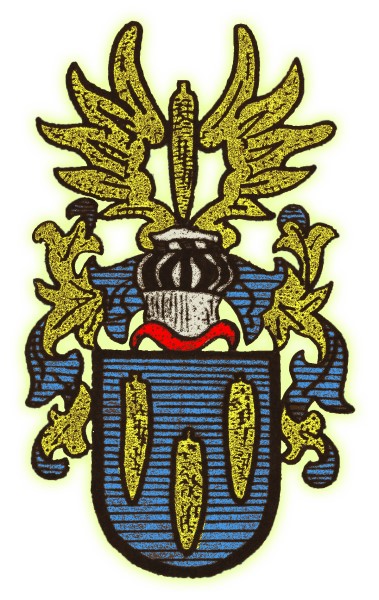Digitizing old photographs is a lot of work so you will want to do it as efficient as possible. If you have a good scanner you can scan multiple photographs at once and it will crop off white edges and save the photos as separate files. But even then, most images -especially old black and whites- will need editing to optimize them. There are quite a few handy automated options in Adobe Photoshop you can use to edit batches of files. Below I will outline some of the automated options I use in Photoshop CS6 when optimizing batches of digitized old photographs with Photoshop.
When optimizing scanned pictures in Photoshop it is efficient to work with multiple images in the same document, with each image on its own layer. It’s easy to select and open multiple images at once but Photoshop will generally open each photo in its own separate document. This will force you to copy and paste each image from its own document into the main document you are working on. A lot of unnecessary work.
1. Loading multiple files into a stack of layers
You can open multiple images as stacked layers in one .PSD document easily by using the ‘load files into stack’. Open Photoshop and from the top menu choose ‘files’>’scripts’>’load files into stack’ and select the files you want to load. Opening multiple images will demand some power of your processor so don’t open more than 15 at the same time if you do not have a powerful machine.
Now you can start editing each layer individually with actions that are unique to it. I typically erase the leftover whites around the edges with the quick selection + delete and/or eraser tool. If the image is damaged I touch it up the healing brush-, clone stamp- and sponge tool.
2. Applying one layer style to multiple layers
When you are done with editing your layers you can start applying a layer style to one image by double clicking the layer. For my purposes -online publication- I like the drop shadow effect as it emphasizes the fact that it is an old scanned picture. Once the drop shadow and/or any other effects you might like is applied to one layer you can copy its layer style by right clicking it and selecting ‘copy layer style’. Now select all other layers on which you want to apply the style by using shift/control+click and right click the selected layers and selecting ‘paste layer style’.
3. Exporting all layers to files at once
Now you are ready to export the edited original images with layer style back to image files. You want to use .png if you are using drop shadow since .jpeg files do not support transparency. In the top menu click ‘File’ > ‘Scripts’ > ‘Export layers to file’ to export all layers to files to a specified folder. Make sure you use file type ‘png24’ and apply ‘trim layers’ in the options panel. Voila.
4. Editing image properties and recording it as an ‘action’
You will now want to edit the properties to enhance the quality of the original images. I generally use options from the top menu ‘image’ > ‘auto tone’, ‘auto contrast’, ‘auto color’ and ‘filter’ > ‘smart sharpen’. Sometimes an image needs individual tweaking but usually the auto functions will yield good results.
You can record and ‘action’ (a sequence of proceedings) for one layer and afterwards play (apply) it to multiple layers or even files in a folder. Open the history window in the top menu under ‘window’ > ‘history’ and click on the ‘actions’ tab in the history window. Click ‘new action’ in the lower bar of the actions tab and give it a name that is convenient for you. Click ‘record’ in the lower bar of the actions tab and proceed by applying auto tone, auto contrast auto color, smart sharpen and any others you desire to one layer. Click ‘stop’ in the lower bar of the actions tab and check if the recorded proceedings are correct.
5. Run the recorded ‘action’ for all images in a specified folder
You can run any action on a folder of images and Photoshop will run the process for you and save the edited images automatically. In the top menu click ‘file’ > ‘automate’ > ‘batch’ and select which action you want to run on which folder. Also select an output folder because its wise to not override your original images. Select ‘log errors to file’ so the process will not be stopped if something minor goes wrong. Click ‘run’ and you will see Photoshop opening and applying the action to each file at a time. Sit back, pick your nose and watch PS produce your end products.


Recent Comments